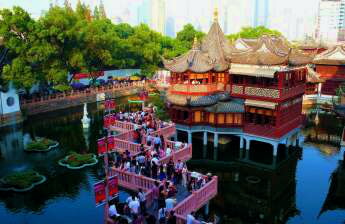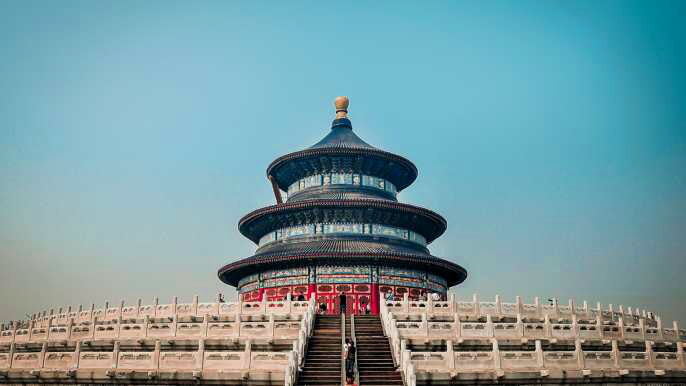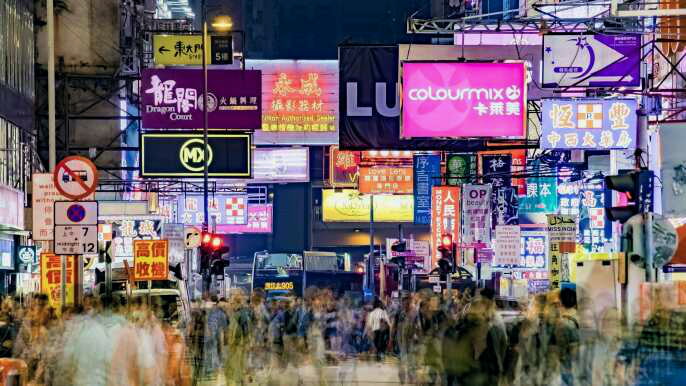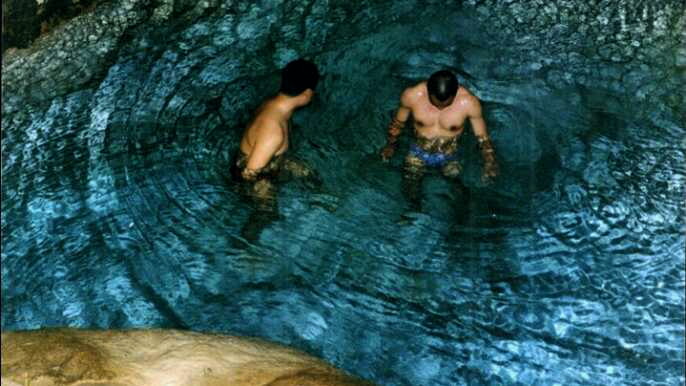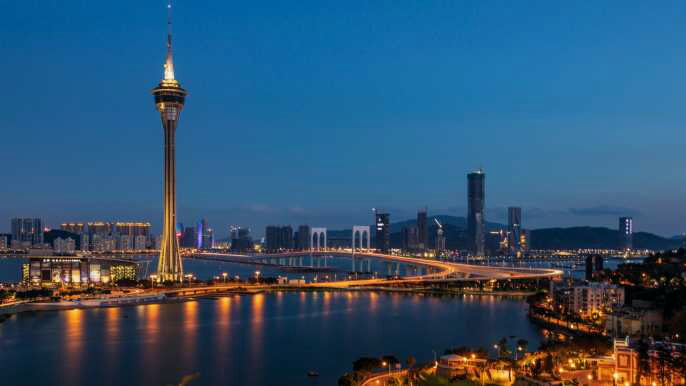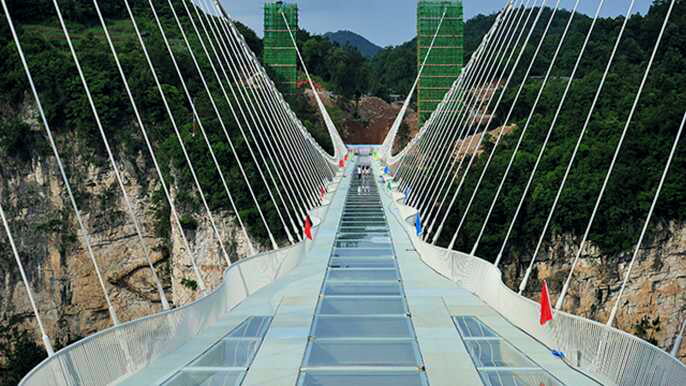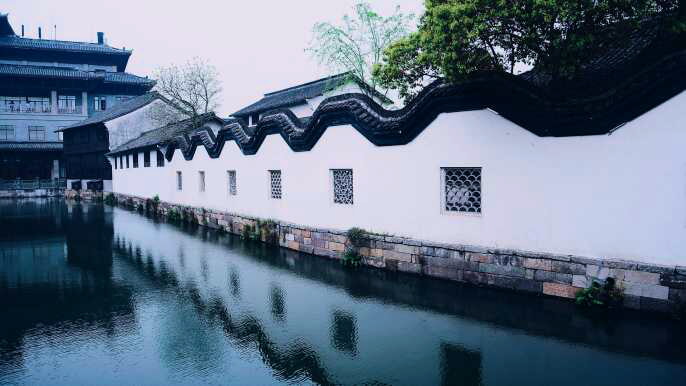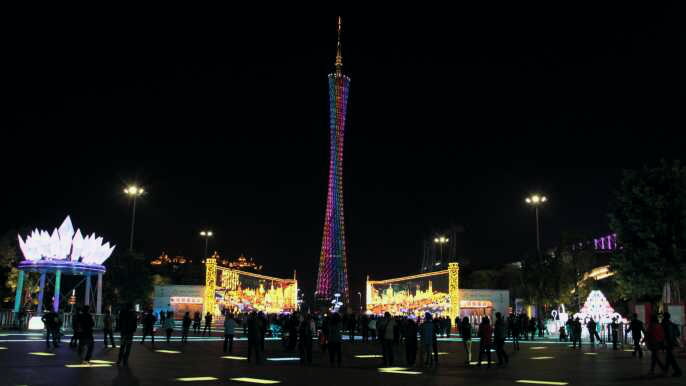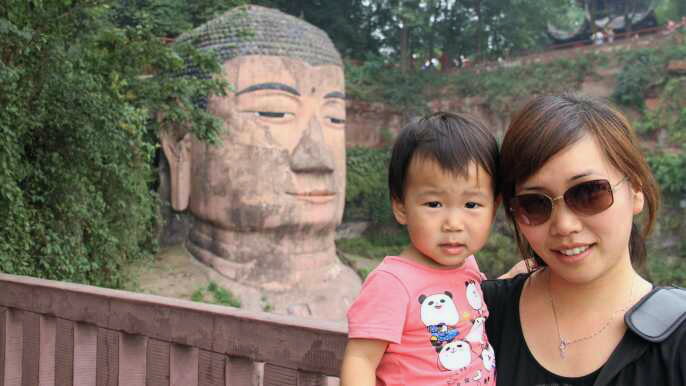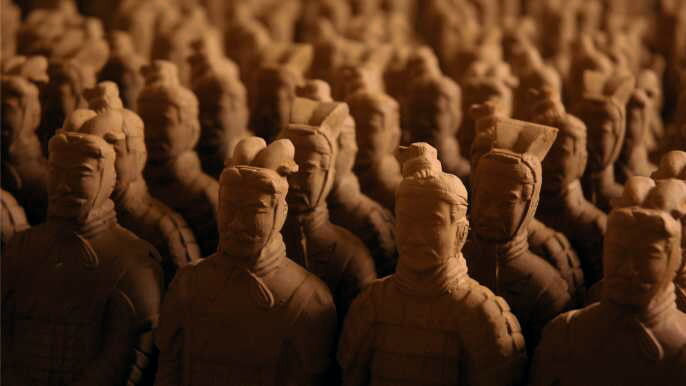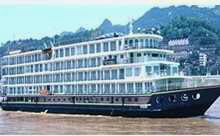During your time in Shanghai, you'll want to take in some of the city's most popular sights. These include the iconic Shanghai Tower, which stands 632 metres tall, the Oriental Pearl TV Tower, which has a distinctive pink sphere, and the Jing'an Temple, which is China's largest Buddhist temple.
Shanghai Tower
Located in the Luijiazui financial district in Shanghai, the Shanghai Tower is the second tallest building in the world and the tallest in China. The design of the tower is a combination of innovative technology and green architecture elements.
The tower is the product of a $3 billion design and construction project by the state-owned Shanghai Tower and Construction Co. The Shanghai municipal government also funded the project. In total, it has a floor area of 380,000 square meters, making it the tallest building in Shanghai and the second tallest in the world.
The tower was designed by Gensler, a global architectural firm. They claim that the tower has cut energy usage by 21% and water consumption by 40%, resulting in a reduction of about 34,000 tons of carbon emissions each year. The building was designed to be green, as a part of a movement in China to achieve "green building" certification.
The tower has a number of features that are unique to it. The exterior features a transparent "second skin" which helps to reduce cooling and heating requirements. The building's facade consists of two glass layers, each of which is roughly 1 to 10 meters in diameter. These layers allow sunlight to penetrate the building and reduce the need for electric lighting.
Other notable features include a vertical transportation system and a sky lobby. The building's observation deck, located on the top floors, offers a 360-degree view of the city.
The tower also features a unique twisted glass facade. Its spiral shape is aerodynamic and can help to mitigate the effects of wind. The twisting of the glass saves the building's steel costs by a quarter and its wind forces by 24 percent.
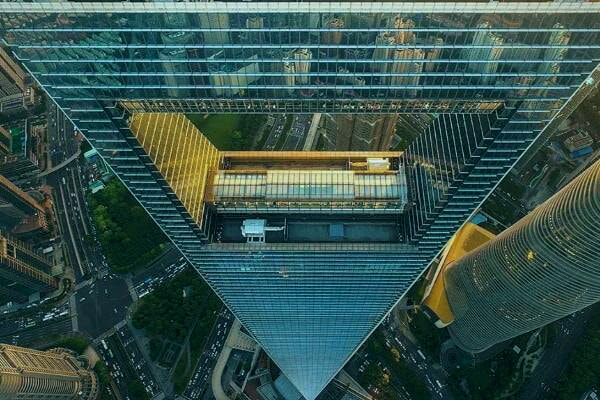
Shanghai Ocean Aquarium
Located in Shanghai's Lujiazui Financial District in Pudong, the Shanghai Ocean Aquarium is one of China's most impressive public aquariums. It features over 15,000 marine animals from around the world and is home to more than 450 species. The aquarium offers visitors a virtual underwater journey.
The Shanghai Ocean Aquarium is divided into eight exhibition zones. Each zone is designed to showcase a particular type of aquatic animal. For example, the Ocean Aquarium building has an Africa zone and a South America zone. There are also temperate zones that display cold water fish.
The Ocean Aquarium is also home to an impressive underwater tunnel. This 150-meter long tunnel is constructed from high-strength glass and allows visitors to view aquatic life in different environments. It is also a great way to learn about the marine environment.
The SOA also has an impressive 270-degree observation tunnel. This provides an excellent view of the aquarium. This aquarium is one of the largest indoor aquariums in the world and is able to hold more than 6.3 million liters of water. It is also the only aquarium in the world that has its own exhibition zone for rare aquatic species.
The Shanghai Ocean Aquarium is a unique underwater experience that the whole family can enjoy. It features more than 300 varieties of sea creatures including jellyfish, sea otters, horseshoe crabs and shoals of fish.
The Shanghai Ocean Aquarium is a great place for children to learn about the importance of underwater life conservation. The aquarium's main attraction is its shark tank, which is not only a great way to get your kids interested in the aquatic world, but it can be a great experience for adults as well.
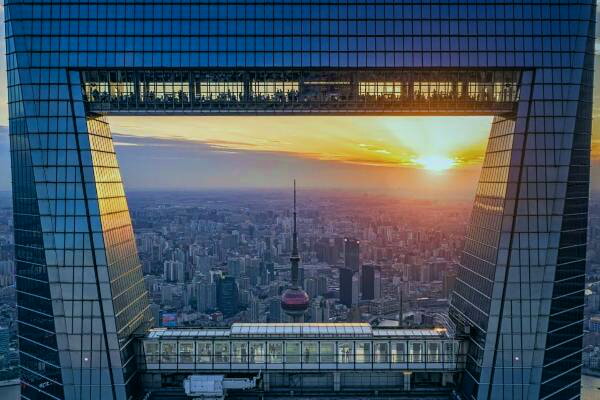
Jing'an Temple
Located in Shanghai's bustling Jing'an District, Jing'an Temple is a magnificent structure. It is one of the most famous temples in Shanghai.
The temple is a good place to escape the hustle and bustle of downtown Shanghai. It is surrounded by high-class buildings and modern restaurants. The courtyard is gorgeous and offers fantastic photo opportunities.
The temple's most famous feature is its portrait of Sakyamuni. The sculpture is 11,000 kilos in weight and is 3.78 meters tall. It was cut into smaller pieces, but now it is back together in its original form. The statue is made of cam phov wood, which is a thousand-year-old material.
In the main hall, there is a jade Buddha that weighs 8.9 tonnes and is the largest pure jade Buddha in mainland China. The hall is also home to the Goddess of Mercy, Guanyin.
In addition to the Buddhist relics, the temple is home to a bronze bell from the Ming Dynasty. A Buddhist art gallery explains the history of Buddhism and features paintings by Yangzhou's Eight Eccentric Painters.
The ancient temple site was in use during the Song Dynasty (around 1216). In the early twentieth century, the ancient well was filled up. In the 1930s, the temple was run by Khi Vehdu, who had seven concubines. He was nearly two metres tall and had a huge following.
The temple was damaged during the Cultural Revolution, when it was turned into a plastics factory. It was reconstructed in 1984. The first tram station was placed in the temple, and the site has been restored to its former glory.
The temple has been on a national protection list since 1983. The temple is part of a large architectural complex that includes 10 structures.
Yu Garden
Located in the Yuyuan Shanghai area, the Yu Garden is a famous classical Chinese garden. It was constructed by Pan's family in the 16th century. In 1982, Yu Garden was listed as a national key cultural relic site.
The garden is divided into six areas. The most notable of them is the Great Rockery. This yellow stone rockery was built in the Ming Dynasty and is considered to be the oldest in south China. It has a height of 14 meters.
The rockery plays an important role in Chinese classical gardens. The main structure of the garden is the Sansui Hall. It is the highest hall in the Yu Garden. The building is very peculiar. It has five halls and was used for gatherings of government officials and scholars. The central hall contains writings by Pan Yunduan.
In the last century, the iron lion on the base of the soldering number was relocated. It was later discovered to be a national treasure of China.
The Yuyuan Shanghai area includes a temple and a marketplace. The temple houses 100 stores. The market has many tea houses, shops, and souvenirs.
It is also a great place to sample local snacks. The most popular snacks are crispy fried cakes and steamed stuffed buns. The old streets are lined with traditional Chinese commodities, decorations, and lanterns.
The Yuyuan Garden is one of the most beautiful places in Shanghai. It is an oasis of serenity. The garden features lots of rockeries and winding paths. It offers relaxing moments and unforgettable sightseeing. In spring, you can see various flowers. In summer, you can enjoy water lilies.
It is easy to find Yu Garden by using the Red Line. You can then walk to the destination. The entry fee is 40 yuan.
Moganshan Road Art District
Located just south of Shanghai's Suzhou Creek, the Moganshan Road Art District is one of the city's most thriving modern art districts. Former industrial buildings and warehouses have been converted into creative spaces and studios for artists. Several leading galleries are based in this area, and it has become a hotspot for local and international artists.
The M50 Art District is less than ten years old, but is already considered a prime location for Chinese modern art. The neighborhood is rivaled only by Beijing's 798 Art Zone as the center of the Chinese modern art scene.
The m50 art scene was founded in 2000, when local contemporary artist Xue Song moved to the area. After renting a cheap studio, other artists followed suit. Today, there are over 100 artists living and working here.
The M50 district features over 120 art studios, galleries, and other creative spaces. There are also a few restaurants, cafes, and other places to enjoy some culture. There are over 140 graphic design, architecture, and filmmaking firms in the area.
The M50 art district is one of the most innovative and cutting-edge locations for artists in China. Its symphony of galleries and exhibits features a variety of up-and-coming artists from all over the world. The area is a cultural hub in Shanghai, and many of the modern Chinese artists prefer to keep their shops here for the exposure it gives them.
The area is home to some of the city's most popular attractions, including the China Art Museum. There are also two art galleries that display exciting and modern works of art from the M50 district. There is also an image tunnel that has been screening short films filmed in Shanghai since March 2007.
The M50 art district is just one of many examples of the edgy subculture that is sweeping through Shanghai.


